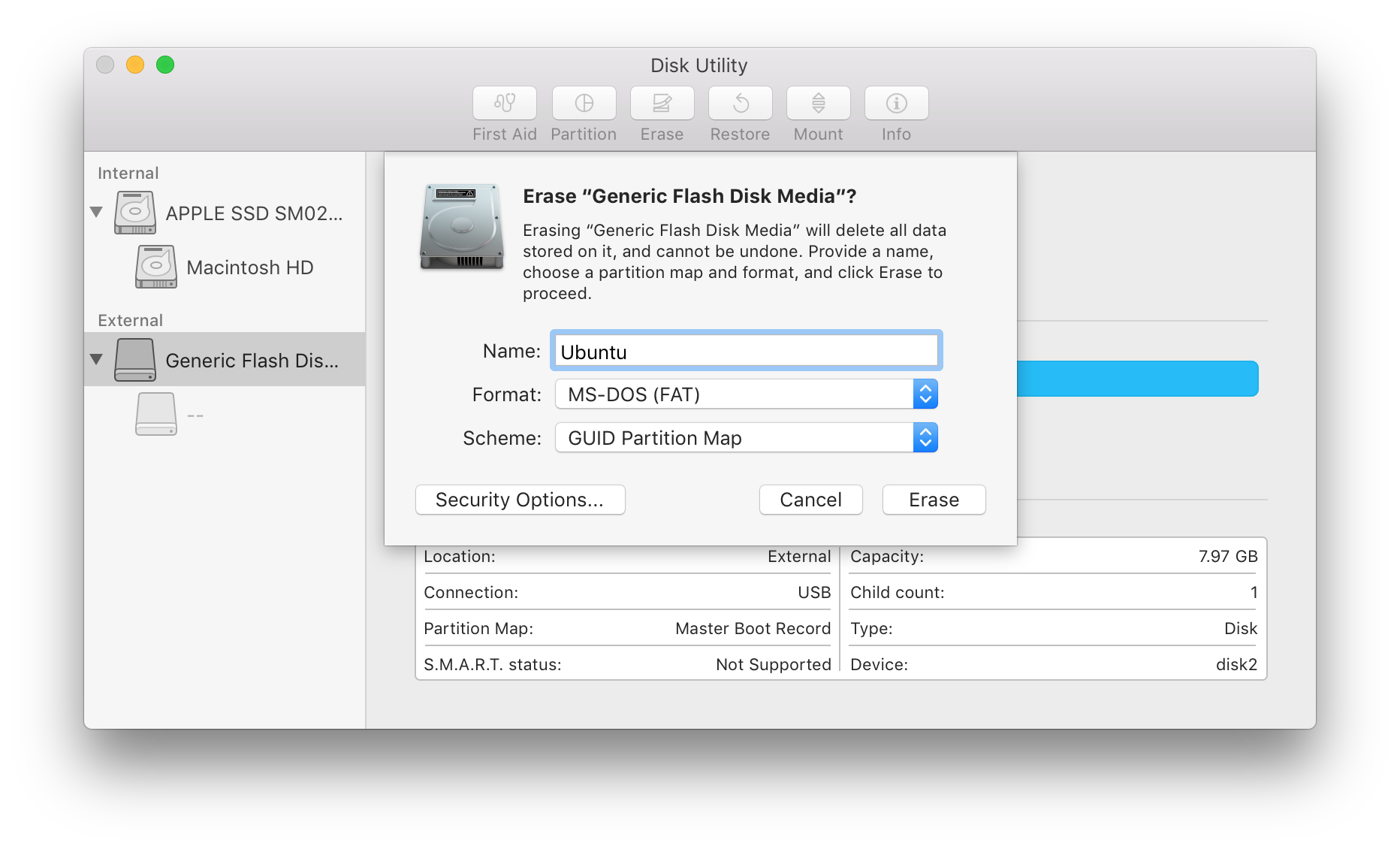If you did not migrate your account yet, visit https://idp-portal-info.suse.com/
Tested on openSUSE
Jun 20, 2019 Easily create ISO image from files or folders. Cons: Non-native user interface. Lower success rate on new USB drives. Lack support for CD or DVD. Rufus for Mac Alternative 3: Etcher. Etcher is another great Rufus alternative for Mac. It has been designed to allow you to easily and comfortably burn ISO images to USB drives and SD cards. It will create a Bootable USB Installer for mac OS X to install on PC or Macintosh. Raza October 27, 2016 at 12:01 AM Reply. Dear I have Lenovo E550 intel 3.4 core i7 rem 12GB but when boot usb start setup but system hang problem. Mukhtar Jafari Post author October 27, 2016 at 3:02 PM Reply. Ok, What is the problem? Evren October 8, 2016 at 11.
The Mac OS X drive can be used to install OS X on other Macs or upgrade them to the latest version without any long downloads. From a Windows ISO for Mac. RELATED: How to Install Windows on a Mac With Boot Camp. If you plan on installing Windows on a Mac via Boot Camp, don’t bother creating a bootable USB drive in the usual way. Warning: If you are using this method to create a bootable USB Installer on Windows 10 to install macOS on your Mac computer (Macintosh) then do consider that it might damage your native boot files as we have received some feedback from our visitors. Please do consider this important point; otherwise, you might end up damaging your Macintosh.
Recommended articles

Related articles
- 1Requirements
- 2Create bootable USB stick
Requirements
Download installation images
You need to download a DVD or Network installation image (ISO file) before creating the installation USB stick.
See Portal:Installation.
A large capacity USB stick
To write DVD images, your USB stick must have at least 5 GB storage space.
To write Network images, your USB stick must have at least 100 MB storage space.
NOTE: All data in the USB stick will be erased! Backup all contents before writing the images.
A working PC
You need a working PC to run the bootable USB creation tool. ImageWriter can be run on openSUSE. UNetbootin can be run on other Linux distributions, Microsoft Windows and Apple macOS.
Create bootable USB stick
Imagewriter (openSUSE)
- Open YaST --> Software Management
- Search and install 'imagewriter' package
- Open 'SUSE Studio Imagewriter'
- Select downloaded image (*.iso file)
- Select the USB device
- Click 'Write' button
It takes several minutes or longer, depending on image size and hardware performance.
Done!
Universal USB Installer (Windows)
Note: Universal USB Installer only supports ISO files up to a maximum size of 4 GiB, which can be exceeded by some openSUSE DVD images. In this case, use UNetbootin for Windows as described below.
- Download Universal USB Installer (GPLv2)
- Run it. You will see a simple application window.
- Select Linux distribution 'openSUSE'.
- Select downloaded image.
- Select the USB device.
- Click 'Create' button.
It takes several minutes or longer, depending on image size and hardware performance.

Done!
UNetbootin (OpenSUSE)
- Install unetbootin via zypper
- Figure out which drive is your USB stick you wish to overwrite
- Wipe out the partition table of your USB stick to avoid issues with existing contents
- select /dev/sdc ( if your usb stick is /dev/sdc )
- p ( to print existing partitions )
- rm 1 ( to remove first partition )
- mklabel gpt ( to wipe device and make it GPT )
- mkpart primary ext4 1 -1 ( fill entire USB drive with ext4 partition )
- set 1 boot on ( make the new partition bootable )
- quit
- Unplug and replug the USB stick to have OpenSUSE automount /dev/sdc1
- Run unetbootin with environment variable to avoid UI bug

- Select radio button
- Click ... and open previously downloaded iso file
- Select Type: is not already selected
- Select Drive: if not already selected
- Click OK
- Exit unetbootin
- Eject the USB drive from UI, or run
- to umount files
UNetbootin (Other Linux, Windows, Mac)
- Download UNetbootin (GPLv2)
- Run it
- Select 'Diskimage' radio button
- Select 'ISO' file type
- Click {{Key| ... } and open previously downloaded *.iso file
- Select device Type: 'USB Drive'
- Select Drive: 'Letter/Name of your USB stick' if not already selected
- Click OK
It takes several minutes or longer, depending on image size and hardware performance.
Tao Boot Usb
Done!
How To Create A Boot Usb Drive For Mac
Boot from USB stick
- Plug your the USB stick into computer.
- Boot or reboot system.
- Press F12 and enter boot menu when you see BIOS interface. Quickly! (Some computers use Esc, F8, F10 for boot menu, you should see it on BIOS screen)
- Select your USB stick in the boot menu
- Press Enter
System will restart and boot from the USB stick. Then you can follow the normal DVD installation instructions.
